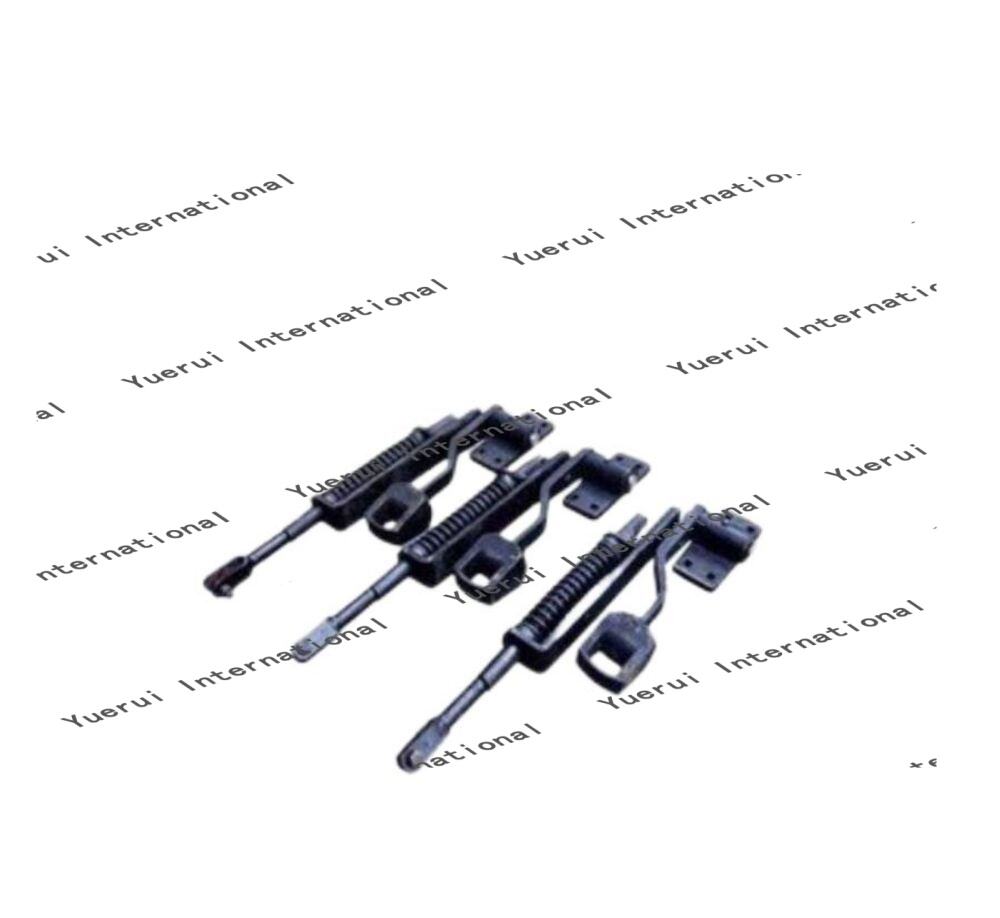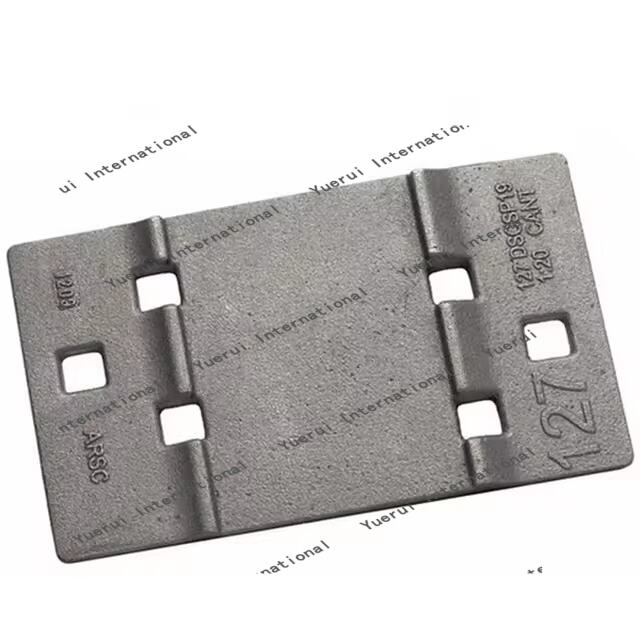Transforming Rail Transport Through Modern Manufacturing Advances
The railway equipment manufacturing industry is experiencing an unprecedented wave of innovation, revolutionizing how trains and rail infrastructure are designed, produced, and maintained. From cutting-edge materials to smart technologies, manufacturers are pushing boundaries to create safer, more efficient, and sustainable railway systems. These advancements are reshaping the future of rail transportation while addressing crucial challenges in mobility and environmental impact.
Digital Technologies Revolutionizing Production Processes
Artificial Intelligence and Machine Learning Integration
Railway equipment manufacturing has embraced artificial intelligence and machine learning to optimize production processes. These technologies enable predictive maintenance systems that can forecast potential equipment failures before they occur. Manufacturers now implement AI-powered quality control systems that can detect microscopic defects in components with unprecedented accuracy, ensuring higher safety standards and reduced maintenance costs.
Smart sensors and IoT devices are being integrated into manufacturing processes, collecting real-time data about equipment performance and production efficiency. This wealth of information allows manufacturers to make data-driven decisions, improve production schedules, and maintain consistent quality across all components.
Advanced Robotics and Automation Systems
Modern railway equipment manufacturing facilities are increasingly utilizing advanced robotics for precise assembly operations. Automated systems handle complex welding procedures, component installation, and quality testing with remarkable accuracy. This automation not only increases production efficiency but also ensures consistent quality standards across all manufactured parts.
Collaborative robots, or cobots, work alongside human operators, handling repetitive tasks while allowing skilled workers to focus on more complex operations. This human-robot collaboration has significantly improved productivity while maintaining the crucial element of human expertise in the manufacturing process.
Sustainable Manufacturing Technologies
Eco-friendly Materials and Processes
The railway equipment manufacturing sector is making significant strides in adopting sustainable materials and processes. Manufacturers are developing lightweight composites that reduce energy consumption while maintaining structural integrity. These materials not only contribute to more fuel-efficient trains but also require less energy during the manufacturing process.
Advanced recycling technologies are being implemented to reduce waste and reuse materials effectively. Manufacturers are developing closed-loop systems where production waste is minimized, and materials are recycled back into the manufacturing process whenever possible.
Energy-Efficient Production Methods
Modern railway equipment manufacturing facilities are incorporating renewable energy sources and energy-efficient systems into their operations. Solar panels, wind turbines, and smart energy management systems are becoming standard features in new manufacturing plants. These initiatives not only reduce environmental impact but also lower operational costs.
Manufacturers are also implementing heat recovery systems and optimizing production schedules to minimize energy consumption during peak hours. These energy-efficient approaches are setting new standards for sustainable manufacturing in the railway industry.

Advanced Materials and Components
Next-Generation Composite Materials
Innovation in railway equipment manufacturing extends to the development of advanced composite materials. These materials offer superior strength-to-weight ratios, better durability, and improved resistance to environmental factors. Carbon fiber composites and nano-engineered materials are being used to create lighter yet stronger train components.
These advanced materials also contribute to reduced maintenance requirements and longer service life of railway equipment. Manufacturers are continuously researching and developing new composites that can withstand extreme conditions while providing better performance characteristics.
Smart Components and Integrated Systems
Modern railway equipment manufacturing now includes the production of smart components with built-in monitoring capabilities. These components can communicate their status in real-time, enabling predictive maintenance and reducing downtime. Integrated systems combine multiple functions into single units, simplifying maintenance and improving reliability.
Manufacturers are developing modular components that can be easily replaced or upgraded, reducing maintenance time and costs. This approach to component design is revolutionizing how railway equipment is maintained and serviced throughout its lifecycle.
Safety and Quality Control Innovations
Advanced Testing and Certification Methods
Railway equipment manufacturing has seen significant advances in testing and certification procedures. Non-destructive testing methods using advanced imaging technologies allow manufacturers to inspect components thoroughly without compromising their integrity. Virtual testing environments enable manufacturers to simulate extreme conditions and verify equipment performance before physical production.
Digital twin technology is being used to create virtual replicas of railway equipment, allowing manufacturers to monitor performance and identify potential issues during the design phase. This proactive approach to quality control has significantly improved safety standards in the industry.
Enhanced Safety Features and Systems
Manufacturers are incorporating advanced safety features into railway equipment design and production. Automated emergency braking systems, collision avoidance technology, and enhanced signaling systems are being integrated into new equipment. These safety innovations are tested rigorously during the manufacturing process to ensure reliability.
The implementation of blockchain technology for component tracking and verification ensures that all parts meet safety standards and regulations. This digital documentation provides a transparent record of manufacturing processes and maintenance history.
Frequently Asked Questions
How is 3D printing changing railway equipment manufacturing?
3D printing, or additive manufacturing, is revolutionizing railway equipment manufacturing by enabling the production of complex components with reduced waste and faster prototyping capabilities. This technology allows manufacturers to create custom parts on demand, reduce inventory costs, and implement design improvements more quickly.
What role does sustainability play in modern railway equipment manufacturing?
Sustainability is a central focus in modern railway equipment manufacturing, encompassing everything from energy-efficient production processes to recyclable materials. Manufacturers are increasingly adopting green technologies, implementing waste reduction programs, and developing eco-friendly components to minimize environmental impact.
How are digital technologies improving quality control in manufacturing?
Digital technologies such as AI, machine learning, and IoT sensors are enhancing quality control by enabling real-time monitoring, predictive maintenance, and automated inspection processes. These technologies help identify potential issues early, ensure consistent quality, and maintain high safety standards throughout the manufacturing process.

